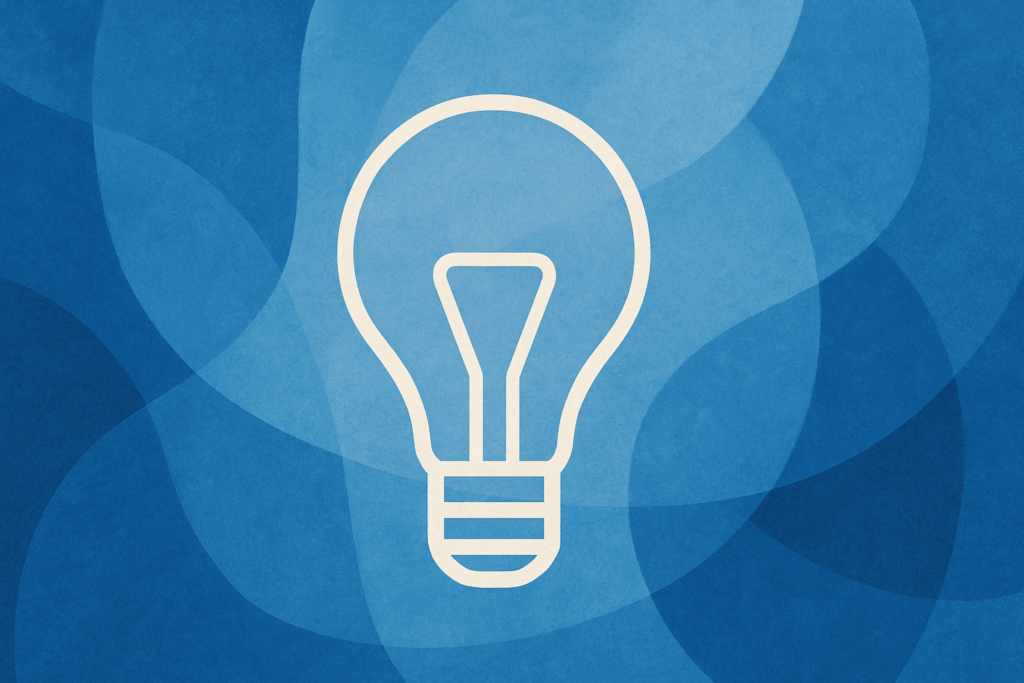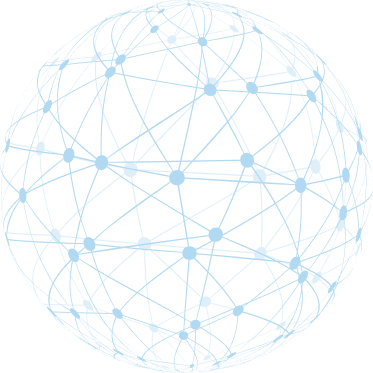Sales has never been easy, but the landscape in 2026 presents unique frustrations. Buyers are more informed than ever, technology continues to disrupt traditional approaches, and sales professionals find themselves caught between efficiency demands and the need for authentic human connection. Many leaders report that their teams are fatigued, frustrated, and struggling to differentiate in a crowded market.
While these challenges feel new, they stem from timeless patterns in human behavior. Neuroscience helps explain why these frustrations occur and how leaders can equip their sales teams to rise above them.
Frustration 1: Information Overload
Buyers in 2026 have access to more data than they can process. Product reviews, competitor comparisons, and AI-generated recommendations flood their decision-making. Paradoxically, this abundance of information creates paralysis. Prospects delay choices because they feel overwhelmed, or they stick with the status quo rather than risk making the wrong move.
Neuroscience Solution: The human brain craves clarity and confidence. When presented with too many options, the prefrontal cortex, which manages decision-making, becomes overloaded and defaults to inaction. Sales professionals can counter this by simplifying choices. Framing options in threes, using clear anchoring strategies, and guiding buyers with stories that connect emotionally reduce cognitive strain and make decisions feel safer.
Frustration 2: Distrust in Sales Messaging
After years of automated outreach, templated pitches, and over-personalized emails, many buyers now approach sales conversations with skepticism. They have been conditioned to expect generic promises rather than genuine value.
Neuroscience Solution: Trust activates the brain’s oxytocin pathways, which increase openness and connection. Sales professionals must shift from pitching to teaching. By asking thoughtful questions, listening actively, and framing solutions in the buyer’s own words, they activate neural circuits associated with empathy. This builds trust and reduces resistance. Neuroscience shows that people are far more likely to act on information from someone they perceive as a trusted advisor rather than a salesperson.
Frustration 3: Pressure for Short-Term Results
Many organizations in 2026 face intense pressure to hit quarterly numbers. This pressure trickles down to sales teams, who focus on short-term wins at the expense of long-term relationships. The result is burnout, disengagement, and missed opportunities for sustained growth.
Neuroscience Solution: The brain is motivated by meaning as much as by metrics. While dopamine spikes with short-term rewards, lasting engagement requires purpose and connection. Coaching sales teams to focus on long-term impact, customer success, and personal growth activates the brain’s reward system in more sustainable ways. Leaders who align daily work with a deeper mission help reduce stress and fuel resilience.
Frustration 4: The Human-AI Balance
AI tools now handle everything from lead scoring to proposal drafting. While this boosts efficiency, many sales professionals worry about being replaced or losing their human value. Others become overly dependent on technology, failing to bring the empathy and creativity that buyers crave.
Neuroscience Solution: The human brain is uniquely wired for storytelling, empathy, and connection—capabilities machines cannot replicate. Rather than competing with AI, sales teams should use it as a tool to free up cognitive bandwidth for higher-value interactions. Neuroscience research shows that face-to-face connection activates mirror neurons, which foster trust and rapport. When sales professionals focus their energy on the human side of selling, they amplify the value AI cannot deliver.
Frustration 5: Fear of Failure
Uncertainty in markets, new regulations, and evolving buyer expectations create a climate where many sales professionals hesitate to take risks. Fear of rejection or failure often silences creativity and innovation in the sales process.
Neuroscience Solution: Fear originates in the amygdala, which hijacks rational thinking. Coaching strategies that reframe failure as learning opportunities reduce the intensity of this response. Visualization, mindfulness, and peer support help strengthen the prefrontal cortex, giving salespeople the ability to stay calm, confident, and adaptable. Over time, the brain learns that risk is not something to avoid but an opportunity for growth.
Moving Forward
The frustrations of 2026 are real, but they are not insurmountable. Neuroscience offers practical ways to address the underlying human dynamics that shape buyer and seller behavior. By simplifying choices, building trust, focusing on purpose, embracing the human side of selling, and reframing failure, sales teams can transform frustration into opportunity.
The future of sales will not belong to those who simply work harder or adopt the latest technology. It will belong to those who understand how the brain works and use that knowledge to create meaningful connections and lasting value.
At Braintrust, we specialize in equipping sales professionals and leaders with neuroscience-based tools to navigate these challenges. To learn more about how our programs help teams thrive in today’s complex environment, visit braintrustgrowth.com





